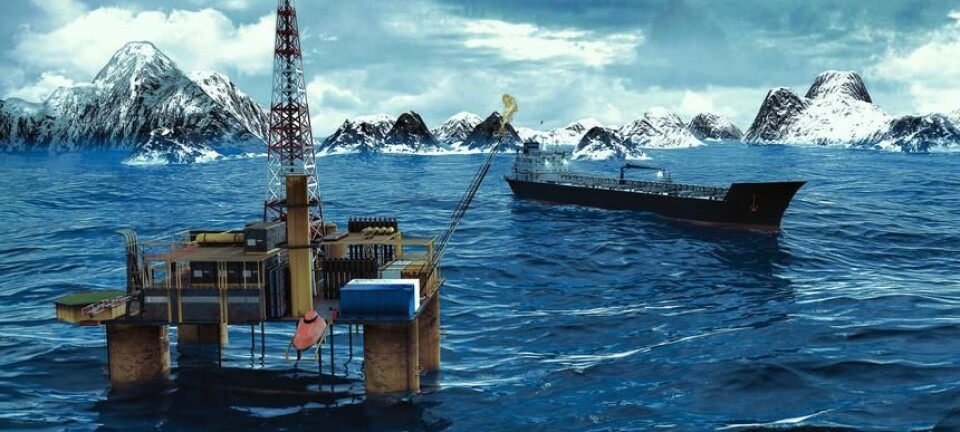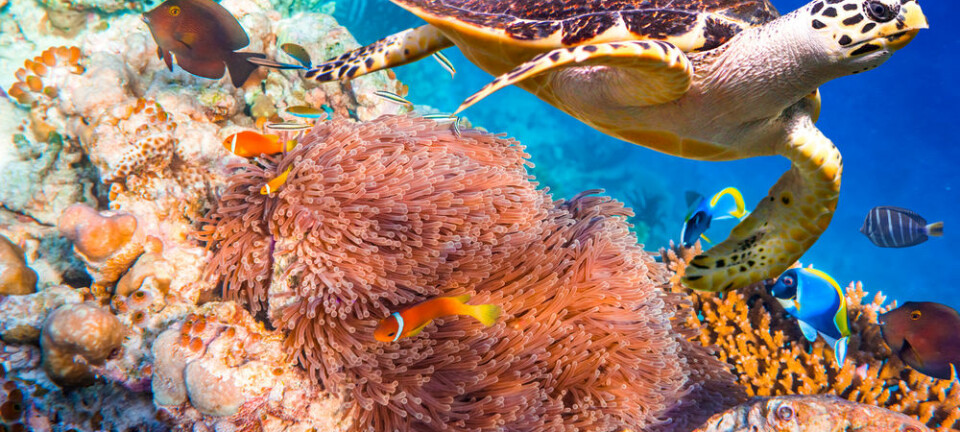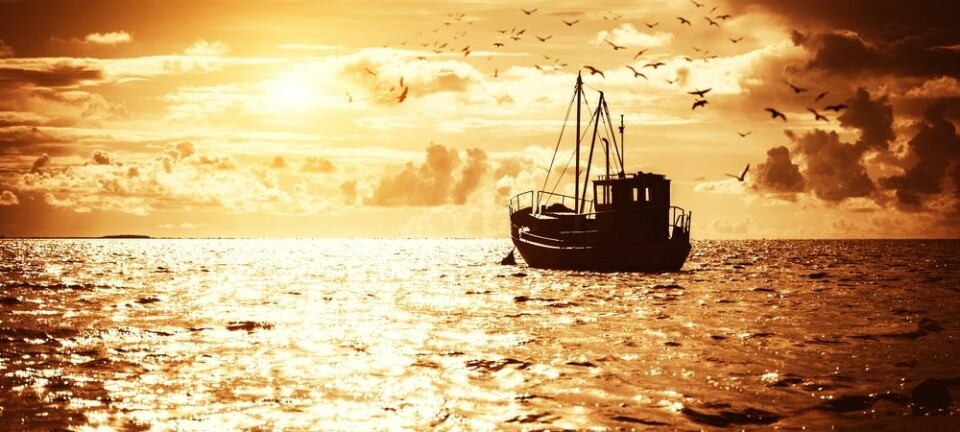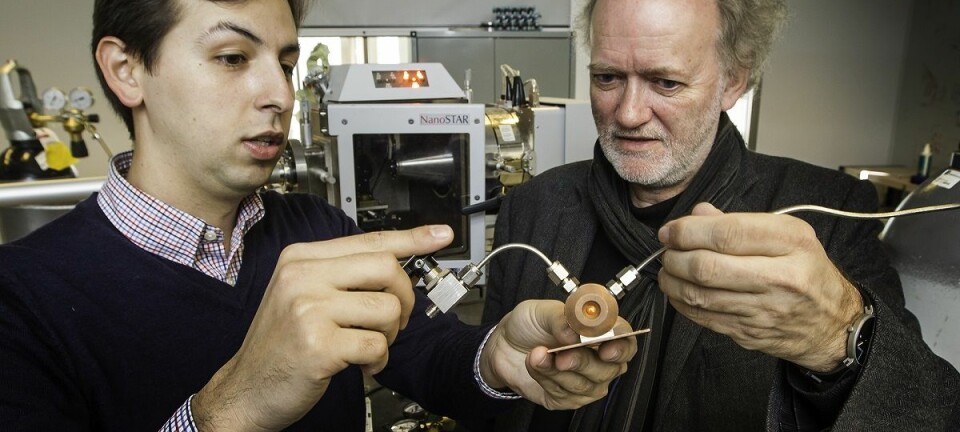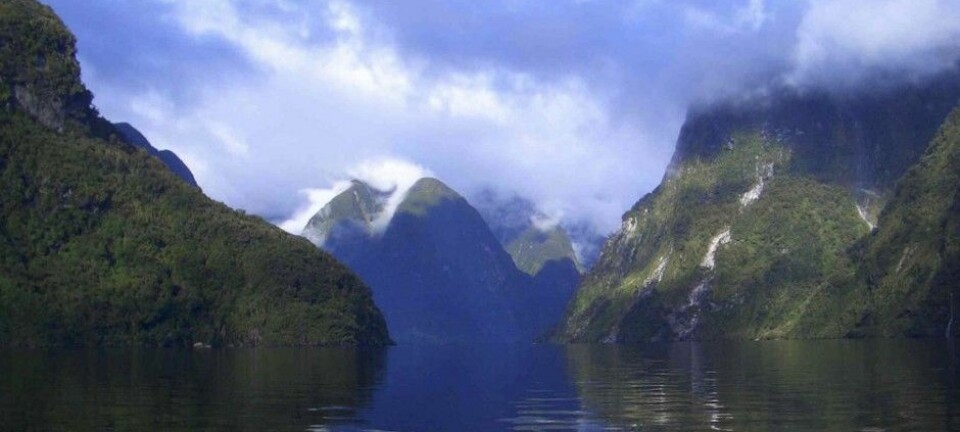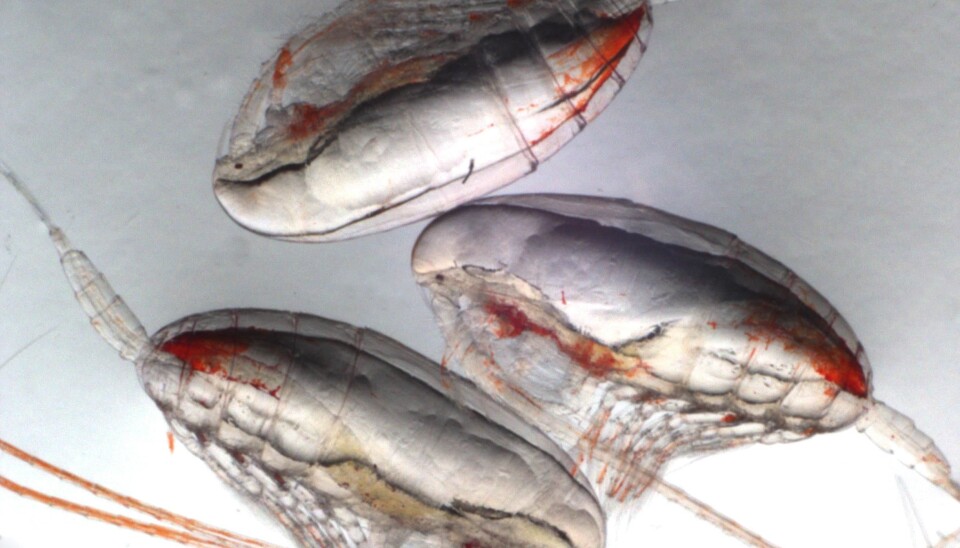
Meet the copepod: the oceans’ little carbon sponge
Marine scientists race to improve their estimates of just how much carbon is stored in the deep ocean.
Every winter in the North Atlantic Ocean, trillions of tiny marine organisms migrate down to the ocean depths, to hibernate.
These small organisms are called copepods and when they swim into the deep they carry tons of carbon from the ocean surface with them, locking it away in the deep ocean. But until now, scientists did not know exactly how much carbon is locked away by these little critters--one of nature’s own carbon storage schemes.
Now a group of scientists have reported new estimates based on extensive monitoring of the North Atlantic Ocean since the 1990s, and it almost doubles previous estimates of the amount of carbon thought to be transported into the deep ocean by other biological processes.
“We find that copepods transport about one to four grams of carbon per square metre each year to the deep ocean by this process, which is roughly equal to a teaspoon of carbon,” says lead author Sigrún Jónasdóttir, a senior research scientist from the National Institute of Aquatic Resources at the Danish Technical University (DTU).
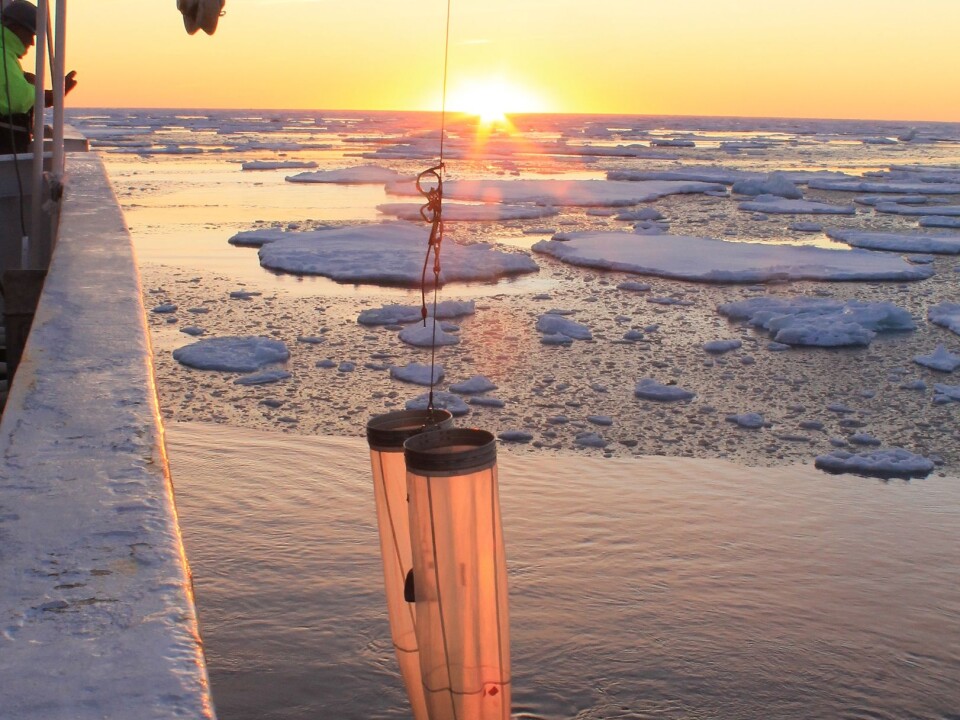
“It may not sound like much, but in our study area of about 1,400,000 square kilometres, which is only a small fraction of the North Atlantic Ocean, this is equivalent to the same amount of CO2 that a country like Denmark produces each year by burning fossil fuels,” says Jónasdóttir.
The new study is published in PNAS.
Tiny marine organisms store carbon deep in the oceans
The tiny crustaceans, which are about the size of a grain of rice, live in the top few metres of the ocean during spring and summer. They are part of a group of marine organisms known as zooplankton, and they feed on marine algae, to build up their fat reserves for the winter.
When winter comes, they swim down to colder, darker waters to hibernate. At around 1000 metres deep, their metabolism slows down, just like a bear retreating to its cave to see out the winter.
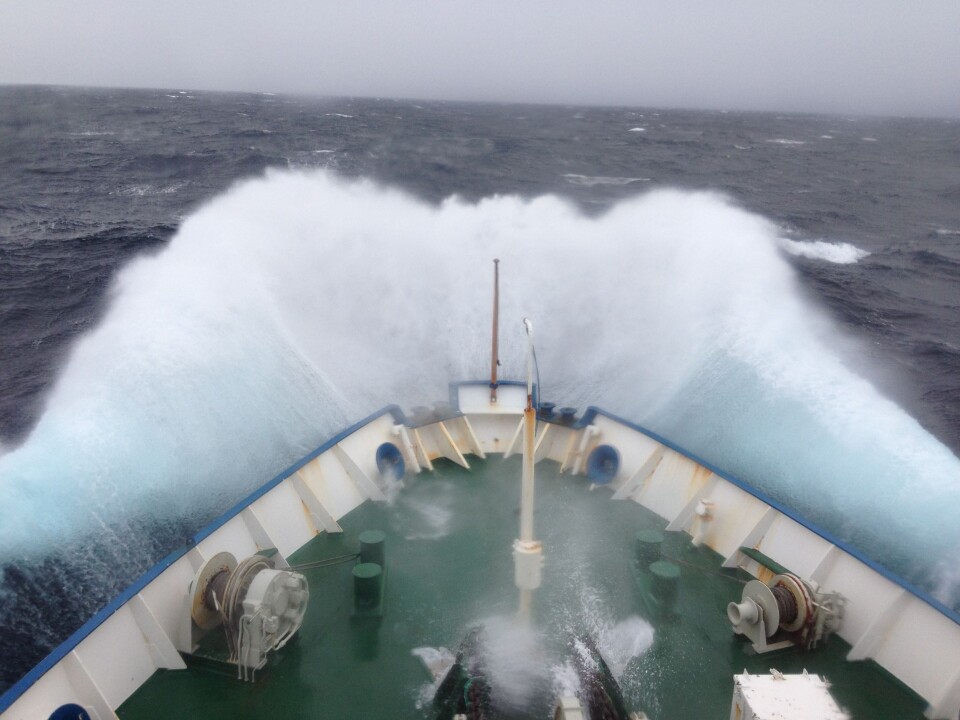
“Copepods are all over the North Atlantic Ocean. They feed in spring and summer when there’s lots of food around, packing away huge reserves of fat that contains carbon,” says Professor Andre Visser, also from the National Institute of Aquatic Resources at DTU, and co-author on the new study.
Whilst they hibernate, they continue to respire, slowly depositing this carbon in the deep ocean where much of it remains. When spring returns they swim back up to the upper ocean, and the process starts again.
Monitoring the North Atlantic since the 1990s
Jónasdóttir, Visser, and their team have been going out on the research vessel Dana, since the early 1990s.
They have estimated the amount of copepods in one area of the North Atlantic, and studied their overwintering habits: where they live, how long they hibernate for, and how much fat--and thus carbon--they store.
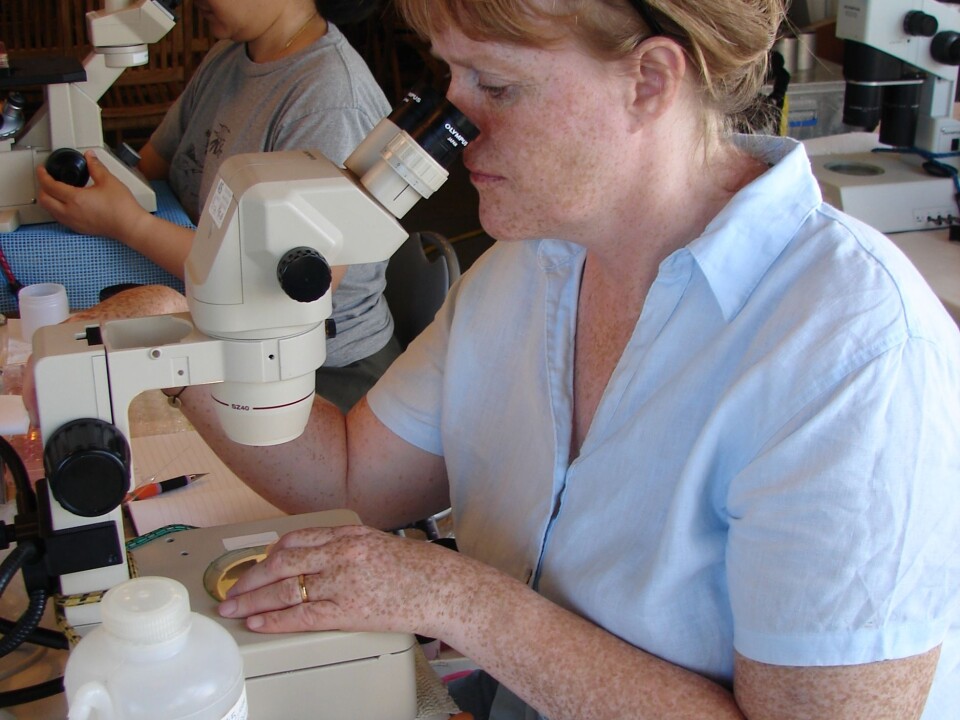
“They’re small but there’s a surprisingly high abundance of them, and if you multiply how much fat an individual takes down by the total number of these copepods, then all of a sudden you see these guys are taking a lot of carbon down into the deep ocean,” says Visser.
One cog in the global carbon cycle
In the new study, Jónasdóttir estimates that hibernating copepods transport almost the same amount of carbon as other well-known biological processes, which is about one to three million tons of carbon every year.
“It’s actually a significant drawdown of carbon, and could account for as much as 25 per cent of all carbon stored in deep ocean,” she says.
Dr Karin Kvale from the Helmholtz Centre for Ocean Research Kiel, Germany, studies computer models of the biological processes in the ocean. She has read the new study and describes it as exciting research.
“It’s a really interesting paper, because there is still a fair bit of uncertainty as to how carbon is transferred throughout the ocean and the role of ocean biology in these processes. Reducing this uncertainty is hugely important as the ocean warms and becomes more acidic due to increased CO2 in the atmosphere,” says Kvale.
Kvale would like to include this mechanism in her computer models of the ocean, but suggests more data is needed before she can do this.
“It’s too early to include this mechanism in our models right now as I think it still needs better quantification in nature as well as in the laboratory. But it would be interesting to do it one day to see how it affects things like nutrients and carbon dynamics in the oceans,” she says.
More studies needed to confirm figures of global carbon storage
Professor Jeff Turner, from the School for Marine Science & Technology at the University of Massachusetts, USA, also studies zooplankton and their role in the global carbon cycle.
According to him, the results are potentially important, but he emphasises that there are large areas of the ocean where this type of seasonally migrating copepod is not so abundant, so more work is needed to confirm figures of global carbon storage.
“The arguments presented here would likely not apply to the vast tropical and subtropical areas of the ocean where copepods that store carbon [..] and perform seasonal vertical migrations, overwintering in deep waters, are not so abundant,” he writes in an email to ScienceNordic.
According to Turner we need more observations to know if similar amounts of carbon are transferred by copepods in other regions, such as the North Pacific or the Southern Ocean, where they are known to have similar winter-hibernating habits.
Jónasdóttir and Visser agree with Turner’s suggestion. They say that future work will be to map the extent of other hibernating species of zooplankton.
“A couple of studies estimate that a cousin to the copepods--called Neocalanus--also show similar estimates [for carbon storage] in the Pacific Ocean, so depending on the extent of the populations, we could expect similar values in other polar and subpolar regions,” says Jónasdóttir.
